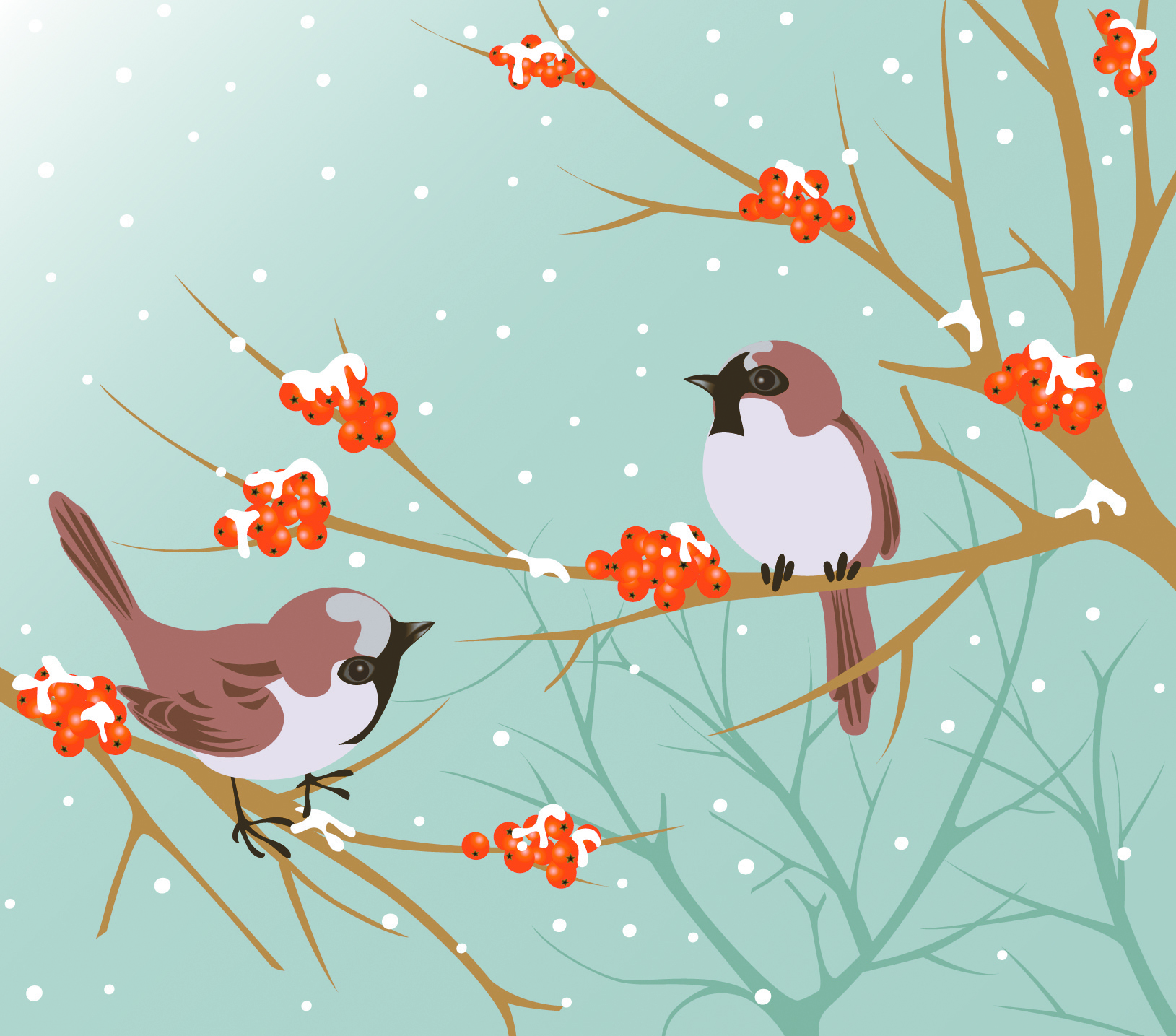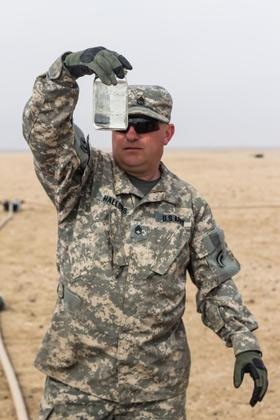Area bird watchers invited to count the chickadees

If you enjoy watching the birds in your yard or at your feeder during the winter months, you can make a difference for those birds and the environment by participating in this year’s 17th annual Great Backyard Bird Count (GBBC) which will take place February 15 through 17.
The GBBC is a joint project of the Cornell Lab of Ornithology, the National Audubon Society and Bird Studies Canada.
Anyone, anywhere in the world, can count birds for at least 15 minutes on one or more days of the count and enter their sightings atwww.birdcount.org (you need to create an account at the site on or before February 14. The information gathered by tens of thousands of volunteers helps birds by tracking the health of bird populations that otherwise would not be possible.
Organizers hope to “encourage as many people as possible, whether they are birders or not – young, old, experienced, not-experienced – to spend the time allotted for counting birds and send the information in,” says Lynn Bergmeyer, president of the Rochester Birding Association.
She says the data gathered by volunteer, “citizen scientists” is very valuable.
“Birds are the bell-weather for the entire eco-system,” Bergmeyer explains. “Data gathered year after year after year is beneficial for assessing the overall health of the natural environment.”
Numbers for some bird species go up over the years, while others go down, she notes. Unfortunately, many bird species populations which are on the rise currently include “alien” species such as starlings and house sparrows which are not native to our area.
“They tend to be opportunities,” Bergmeyer says, “ … and take over (habitat) for native songbirds.”
Last year, the GBBC went global for the first time. Participants reported their bird sightings from all seven continents. More than 34.5 million birds and 3,610 species were recorded – nearly one-third of the world’s total bird species documented in just four days, officials from Cornell say.
“This is a milestone for citizen science in so many respects – number of species, diversity of countries involved, total participants and number of individual birds recorded,” says Cornell Lab Director John Fitzpatrick. “We hope this is just the start of something far larger, engaging the whole world in creating a detailed annual snapshot of how all our planet’s birds are faring as the years go by.”
In North America this year, for example, GBBC participants will add their data to help define the magnitude of a dramatic irruption of magnificent snowy owls. Bird watchers will also be on the look-out for the invasive Eurasian collared dove to see if it has expanded its range again. Bird count observations may help show whether or not numbers of American crows will continue to rebound after being hit hard by the West Nile Virus, and whether more insect-eating species are showing up in new areas, possibly because of changing climate.
Lynn Bergmeyer notes that back in the early 1950s, “The northern cardinal – that bright red bird you see at your feeder – wasn’t here. Now they are very common. The mockingbird years ago wasn’t here, now they are. There’s been a northern shift with certain bird populations,” she says.
Data collected during the count can help improve the health of birding habitat, she explains – which means a healthier environment for people and all other animals – so the earth has a longer and better future.
She says you don’t have to be an expert to participate in the GBBC – “exact numbers are not necessary,” she says.
For information on the GBBC and to join the count, visitwww.birdcount.org. Winning photos from the 2013 GBBC photo contest can also be viewed at the site.
Bergmeyer adds that bird watching is one of the nation’s fastest growing hobbies.
The Rochester Birding Association meets each month on the second Thursday at 7 p.m. at the Brighton Town Hall, 2300 Elmwood Avenue. Bergmeyer says the group is 300 members strong and you don’t have to be a member to attend.
The group organizes many birding “field trips” throughout the year which are free and open to anyone. A field trip is planned Saturday, March 15 at Hamlin Beach State Park, for example, to look for migrating water fowl. Participants will meet at Parking Lot 1 at 8:30 a.m. and after Hamlin Beach will move on to the Braddock Bay Hawk Watch.
To find out more go to www.rochesterbirding.com. Bergmeyer says the website has recently been improved – it includes current information (including details regarding upcoming field trips) and is interactive.




